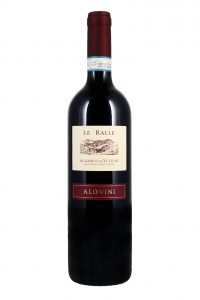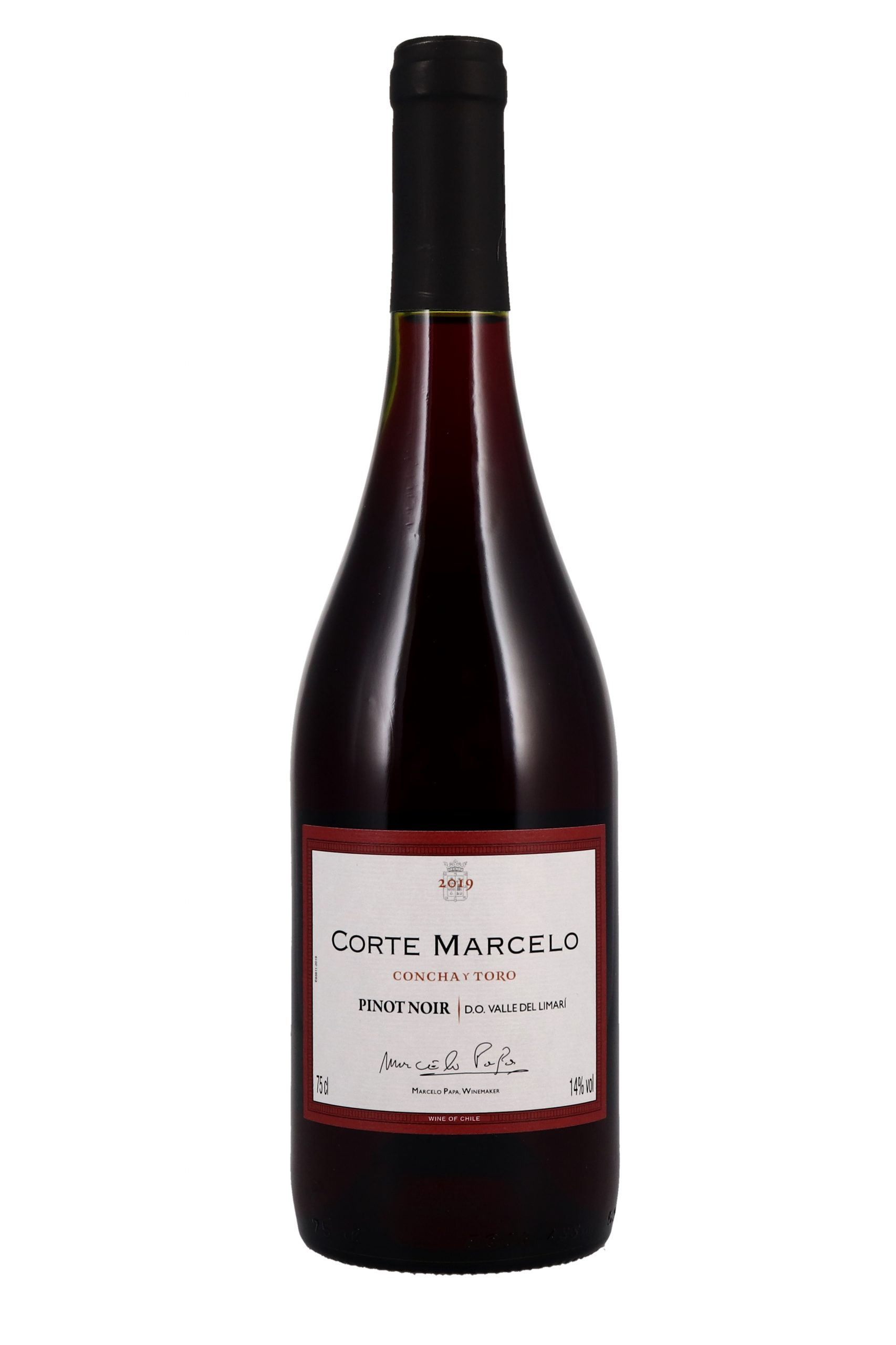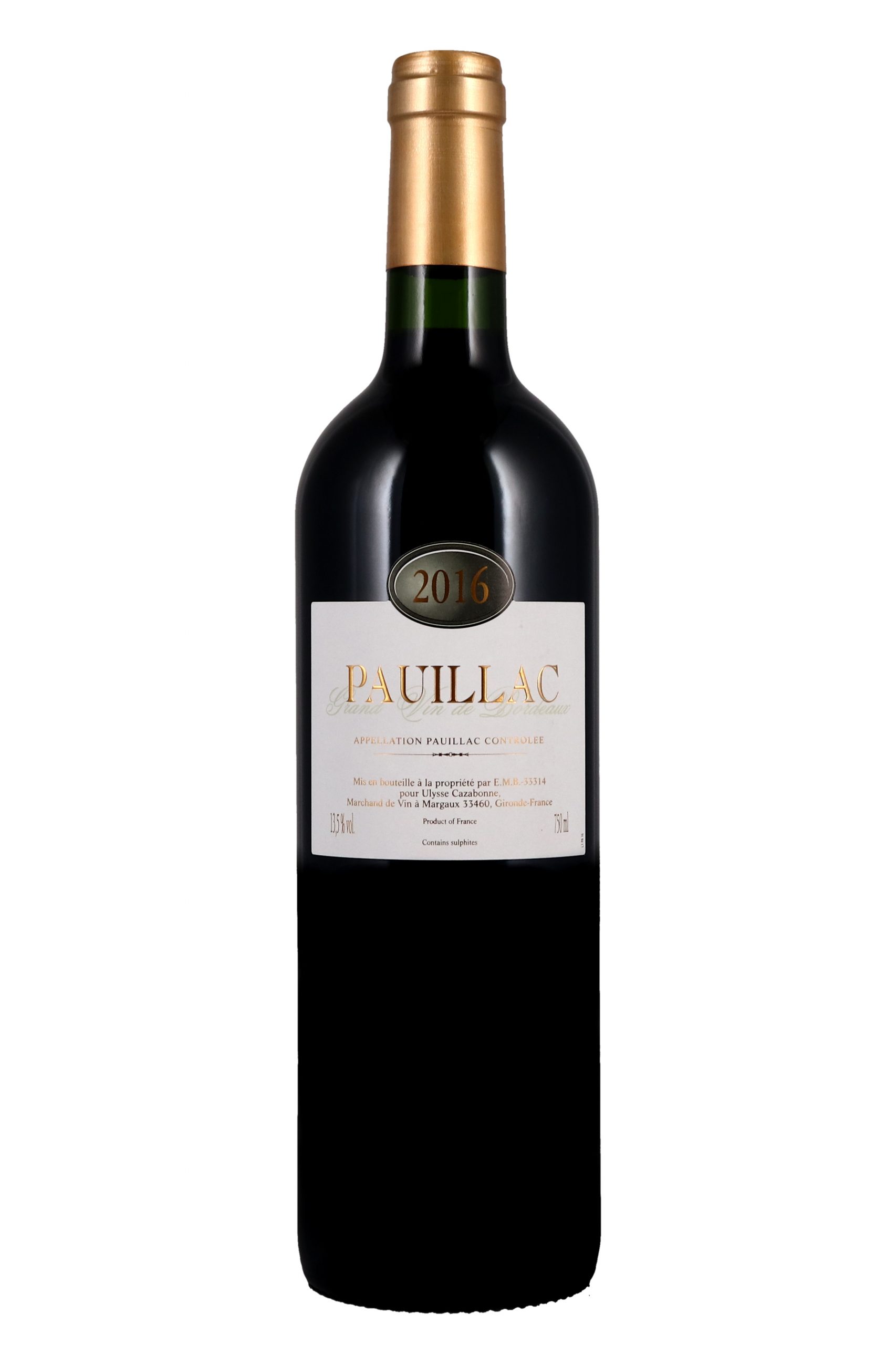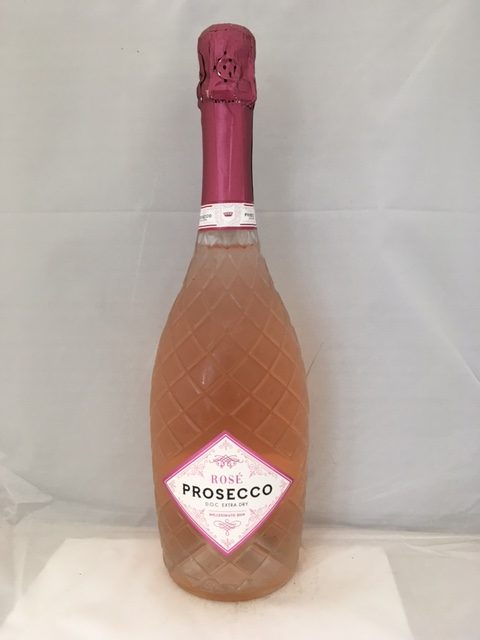Double bill today, folks, starting with wines available online (and in more traditional ways) from The Wine Society coupled with a look at something else quite trendy – (just arriving) Pink Prosecco.
Last week’s increase in hits on my website when I mentioned “online wine”, confirms that any form of “lockdown” encourages us to buy that way.
My “Pick of the Clicks” choices last week point you towards some good options and reliable online retailers.
One wine operation that emerged from the Spring response to Covid 19 with an enhanced reputation was The Wine Society.
Its ability to provide innovative solutions yet preserve safe working conditions won many plaudits.
For anyone unfamiliar with The Wine Society, it is a consumer co-operative owned by its members and originally created using residual stock from a Great Exhibition in 1874.
Mutual status allows the Society to constrain selling prices and re-invest surpluses to the benefit of members who – incidentally – buy a one-off (bequeathable) £40 share to join.
Now seems a good time, then, to dig a bit below the surface and take a closer at some of the reds that have just arrived or will be here soon – especially as the reds fared better than the whites in the group I considered.
I wanted to look through the lens of two frequent concerns for folk considering a new wine supplier.
The first is whether the focus will be on wines “above my price range” while the second is its mirror image (“what if I want to buy wine to keep”).
So, here are my thoughts on both issues.
First a great £9 option

I was hugely impressed by this guy from Southern Italy that skilfully uses the weighty and concentrated (but relatively unfamiliar) aglianico grape – which produces red wine sometimes called the Barolo of the south.
Pronouncing the grape’s name can be tricky, so visit this video for help on how it should sound.
As for the wine itself, 2017 Aglianico del Vulture, Le Ralle (£8.95 at The Wine Society and 13% abv) has firm tannin, good acidity and real depth coupled with hints of tobacco and chocolate that attractively embellish its smooth, cherry, bramble and mulberry flavours.
And for pinot noir

One frequent reply to my recent survey was “tell me where to find sound but reasonably priced pinot noir”.
One good answer is provided by this Chilean example made by the legendary Marcelo Papa (who did so much to popularise Concha Y Toro’s Casillero del Diablo range) from vineyards in the cooler but increasingly impressive – northerly – Limari Valley.
Floral yet with (classic pinot) earthy depth, 2019 Concha y Toro Corte Marcelo Limarí Pinot Noir (£9.50 and 14%) has ripe, cherry and raspberry flavours, hints of chocolate and baking spice, good acidity and soft tannin.
But for the “keeper”.

Predictably, the example of wine to keep is a claret but from (I guess) “declassified” wine from an anonymous prestigious producer in a prime location – hence its (relatively) kind price tag.
This wine has those classic claret aromas that beguile yet defy proper description – “woody, green and vegetal” all sound negative rather than positive – and even the more romantic “forest floor leaves in autumn” is less attractive than words frequently used for other wines like “smooth, vibrant and fruit forward”.
From a (possibly, the) prime Left Bank commune in Bordeaux, 2016 Pauillac Ulysse (£22.50 and 13.5%) brings us soft, rich and menthol influenced prune, mulberry and mocha flavours supported by good acidity, hints of cedar and baking spice, firm tannin and that graphite base that Bordeaux does so well.
With decanting it can be drunk now but everything about it suggests that even more glorious qualities lie ahead.
Now, as they say, “Something Completely Different”
As many newspapers have reported, regulations in Italy have been relaxed to allow “pink prosecco”.
Hitherto, sparkling wine made in the official Prosecco geographic area was denied a “Prosecco DOC” label unless it was made exclusively from grapes that were vinified white.
Pink versions (which use a proportion of red vinified pinot noir grapes to get its colour) were therefore restricted to a lower level classification such as “IGT Veneto”.
Commercial pressures have now changed that, permitting the inclusion of up to 15% vinified red pinot noir grapes in Prosecco DOC wines – and clearing the way, of course, for pink prosecco.
The changes do not (yet) apply to Prosecco qualifying for the highest classification which adds a “G” (for Garantita) – and has “DOCG” on the label.
DOCG areas include Asolo and, rather better known, Conegliano Valdobbiadene.
What is now being exported
Pink Prosecco from the 2019 vintage is now arriving in the UK but versions from the 2020 harvest will not be released until January.
The two premium discounters (Aldi and Lidl) announced the arrival of these wines earlier this month with a noisy fanfare – but what do they taste like?
I have now sampled both and here are my conclusions.
The verdict

Both wines are light (11% abv) gentle, fruit centred, “Extra Dry” (12-17 grams per litre of residual sugar) and ideal for the informal, social drinking (probably without food) for which they seem to have been designed.
Candidly, neither provides the finesse and complexity that quality DOCG prosecco would offer – but to expect them to do so misses the point of this change (simply combining two immensely popular genres – rosé wine and prosecco).
But how do they differ?
Well, undemanding and darker in colour than its rival, 2019 Costellore Prosecco Rosé (£6.49 at Aldi and pictured above) has a lively mousse to energise its strawberry, ripe melon and tropical fruit flavours and good tangerine acidity that adds an element rather like Trebor’s “Refresher” sweeties.

Alternatively, the pale pink 2019 Rosé Prosecco (£6.49 at Lidl and pictured to the right) starts with floral aromas and small bubbles which lead into cherry and apple flavours with modest grapefruit acidity and a slightly unusual savoury back drop.
Which one is for you depends on your personal preferences.
Fans of soft fruit and lively sherbet influences should head for Aldi while lovers of cherry and apple fruit and savoury supporting components should go the other way towards your local Lidl store.
Tune in again on Monday for our customary look at my current Top Tips along with details of any promotions just starting








